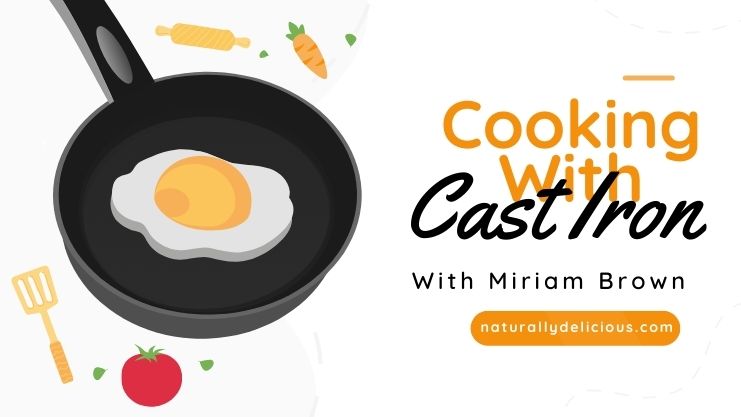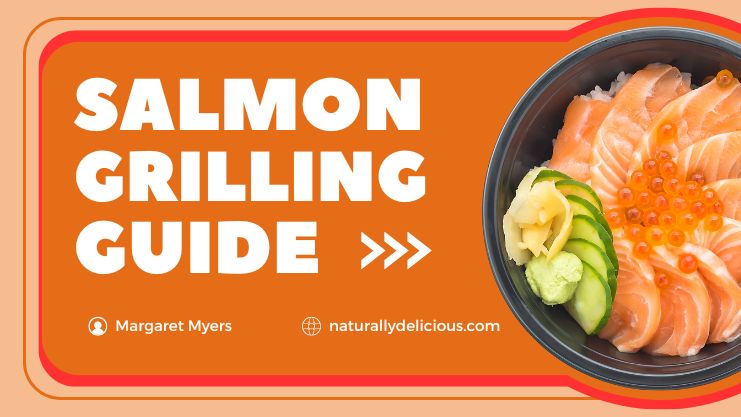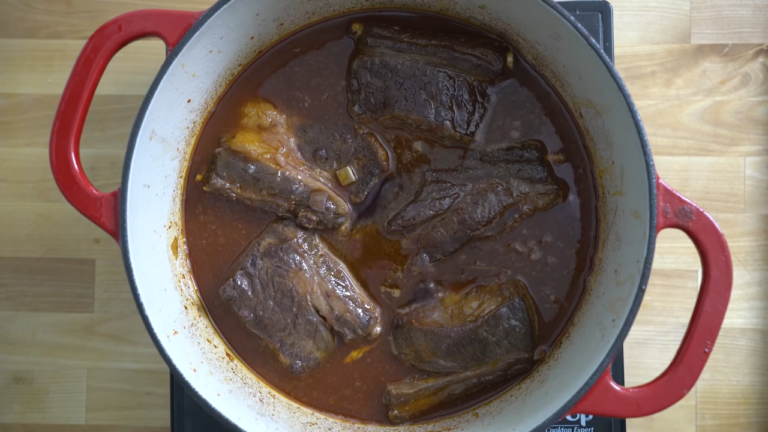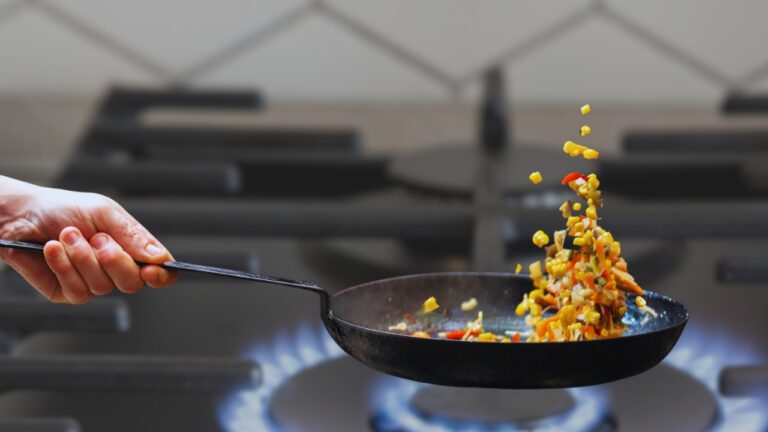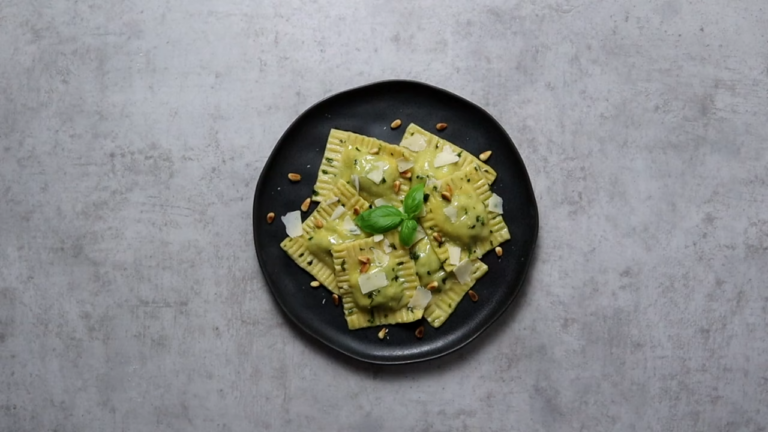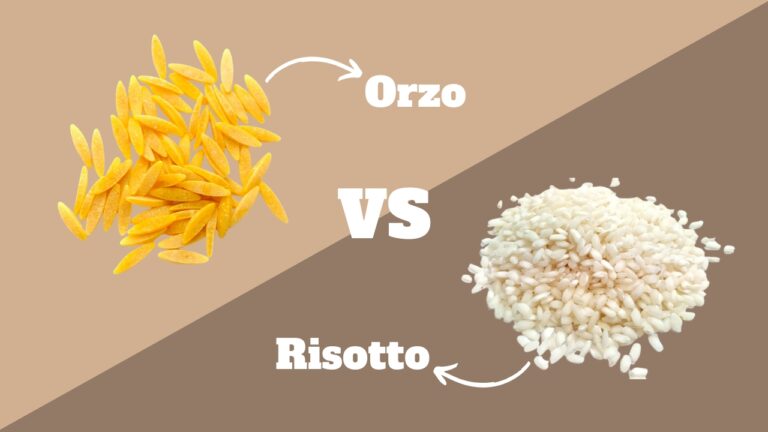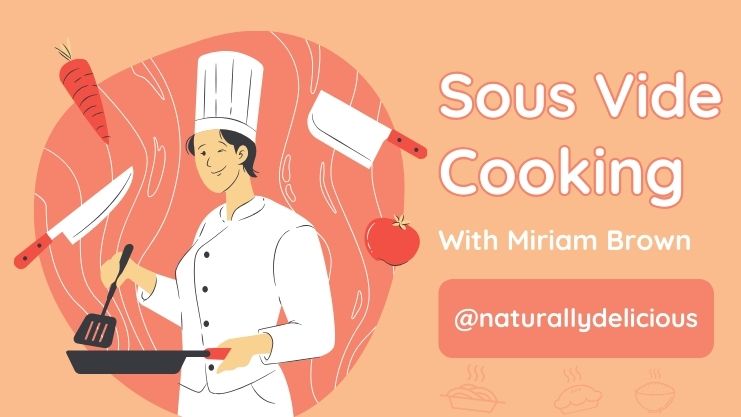Sous vide cooking, a technique once reserved for gourmet kitchens, has become increasingly popular for home chefs due to its precision and ability to produce consistently delicious results.
Here’s a practical guide on the basics of sous vide cooking, complete with a descending list of key points to consider:
Sous vide is a French term meaning “under vacuum.” This method involves vacuum-sealing food in a bag and cooking it to a very precise temperature in a water bath.
This technique ensures that the food is evenly cooked and moisture is retained, enhancing flavor and texture.
Equipment Needed
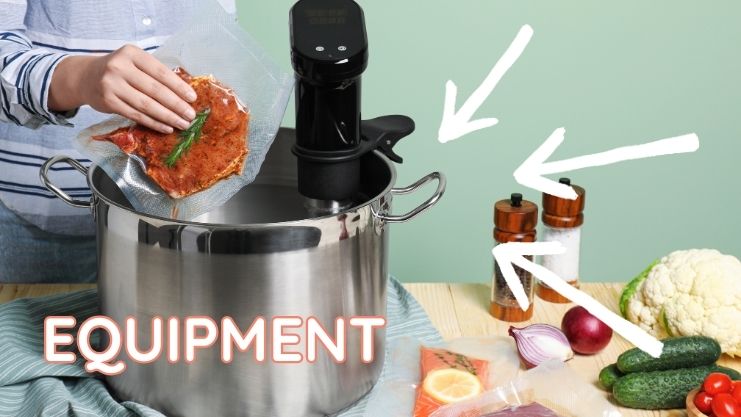
To start sous vide cooking, you’ll need a few key pieces of equipment:
-
- Sous Vide Precision Cooker: This device circulates water at a precise temperature. Prices range from $70 to $500.
- Vacuum Sealer and Bags: Essential for sealing food to ensure even cooking. Vacuum sealers start at about $50.
- Water Container: Any large pot can work, but dedicated sous vide containers are available for better insulation and efficiency.
Setting Up
Setting up your sous vide cooking station is straightforward:
-
-
- Fill your water container with water.
- Attach the precision cooker and set it to the desired temperature.
- Place your vacuum-sealed food into the water bath.
- Allow the food to cook for the required time.
-
Temperature Control
The essence of sous vide cooking lies in its temperature precision. Different foods require specific temperatures.
For example, steak is best cooked between 129°F and 135°F depending on desired doneness, while chicken breast requires temperatures around 146°F to ensure it’s juicy and safe to eat.
Timing Is Key
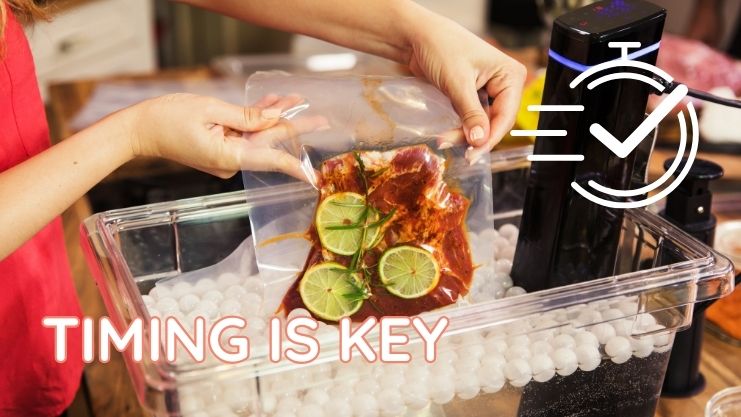
Sous vide is forgiving with timing; however, minimum cooking times must be met to ensure safety.
For instance, a 1-inch steak typically needs at least 1 hour, whereas thicker cuts might need more. Overcooking is minimized since the temperature does not exceed the set point.
Benefits of Sous Vide: The sous vide method offers numerous advantages:
-
- Consistency: Achieves perfectly cooked food every time.
- Taste and Texture: Foods retain more juices and flavors.
- Flexibility: Cooks food to exact preferences without overcooking.
Versatility in Ingredients
While meats are the most common sous vide candidates, this technique is incredibly versatile.
Vegetables, eggs, and fruits can also benefit from sous vide, allowing for enhanced flavors and textures that traditional cooking methods can’t always replicate.
Finishing Techniques
After sous vide cooking, foods might lack color and texture on the outside.
Quick searing in a hot pan or a blast from a kitchen torch can add a flavorful crust and appealing color to meats.
Safety Considerations
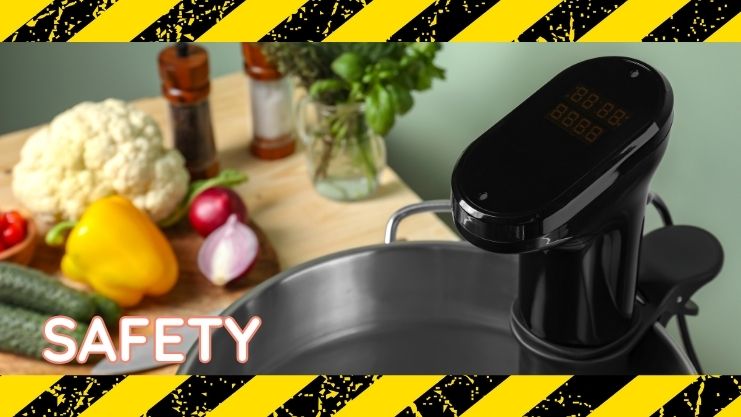
While sous vide is generally safe, proper handling and storage of vacuum-sealed foods are critical to prevent bacterial growth.
Always ensure that foods are cooked to safe temperatures and are promptly refrigerated if not consumed immediately.
Experiment and Enjoy
One of the joys of sous vide cooking is the ability to experiment with recipes and techniques.
From infusing flavors during the cooking process to trying different finishing methods, the possibilities are endless.
| Experimentation Area | Description | Examples |
|---|---|---|
| Flavor Infusion | Introducing various flavors into the cooking bag to enhance the food’s taste. | Herbs, spices, marinades, sauces |
| Cooking Liquids | Using different liquids inside the vacuum bag to subtly alter the dish’s flavor profile. | Wine, broths, juices |
| Finishing Techniques | Applying methods post sous vide to improve texture or add a flavor punch. | Searing, grilling, blow torching |
| Temperature Variation | Experimenting with varying temperatures to find the perfect doneness and texture. | Lower or higher than standard temps for meats, vegetables |
| Combination Cooking | Pairing sous vide with other cooking methods to create unique dishes. | Sous vide steak finished in smoker |
| Cooking Times | Extending or shortening cooking times to see how it affects texture and flavor, especially for tougher cuts of meat. | 72-hour sous vide ribs |
| Ingredient Pairings | Mixing unusual or different ingredients in the sous vide bag to create new flavor combinations. | Fruit and meat, chocolate and chilis |

